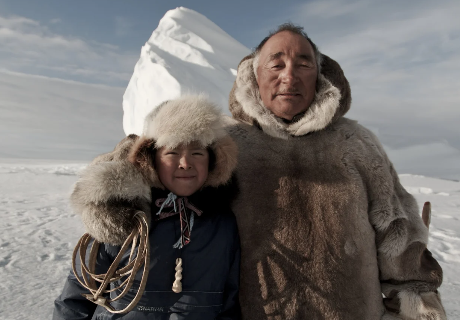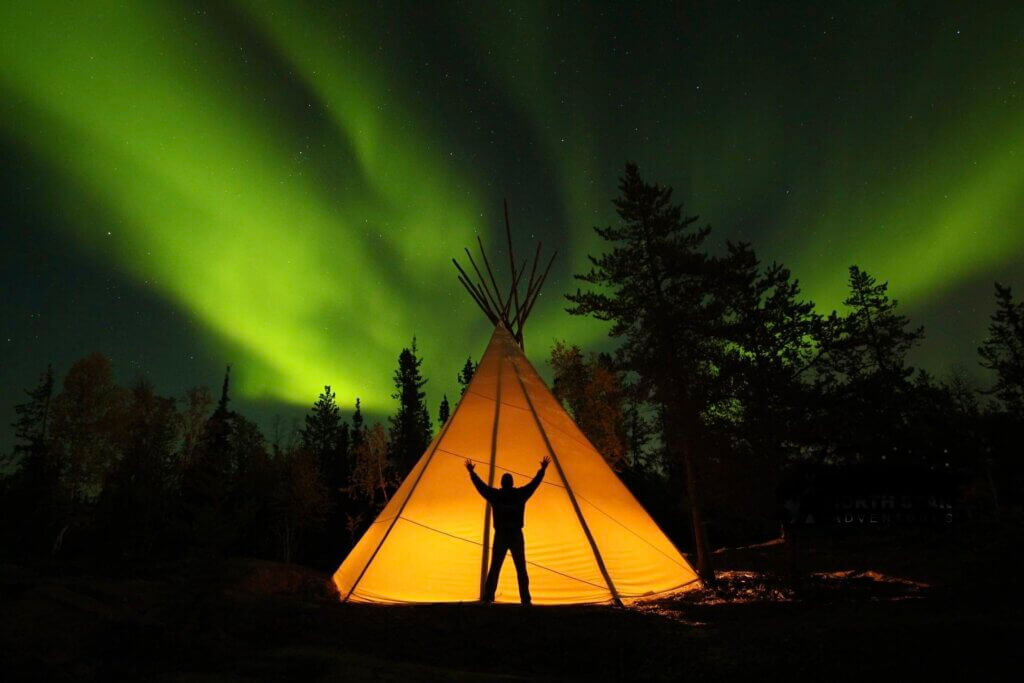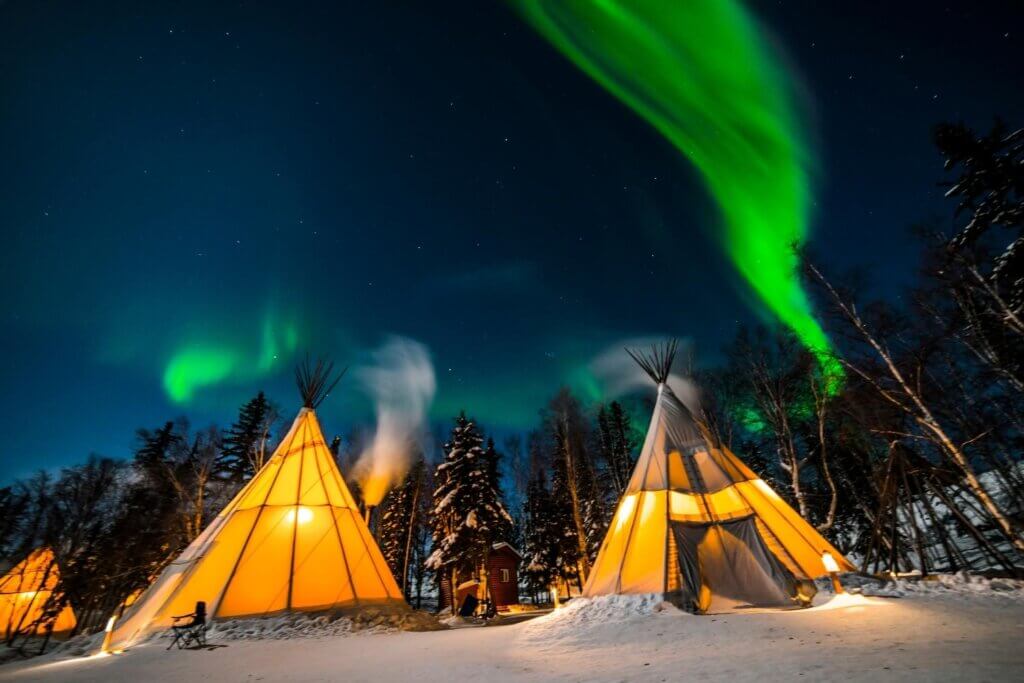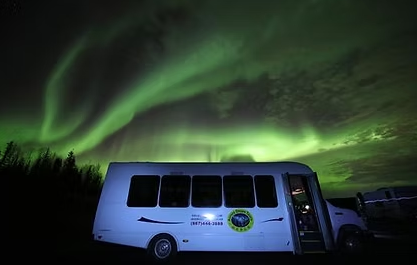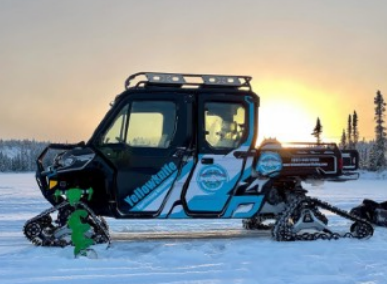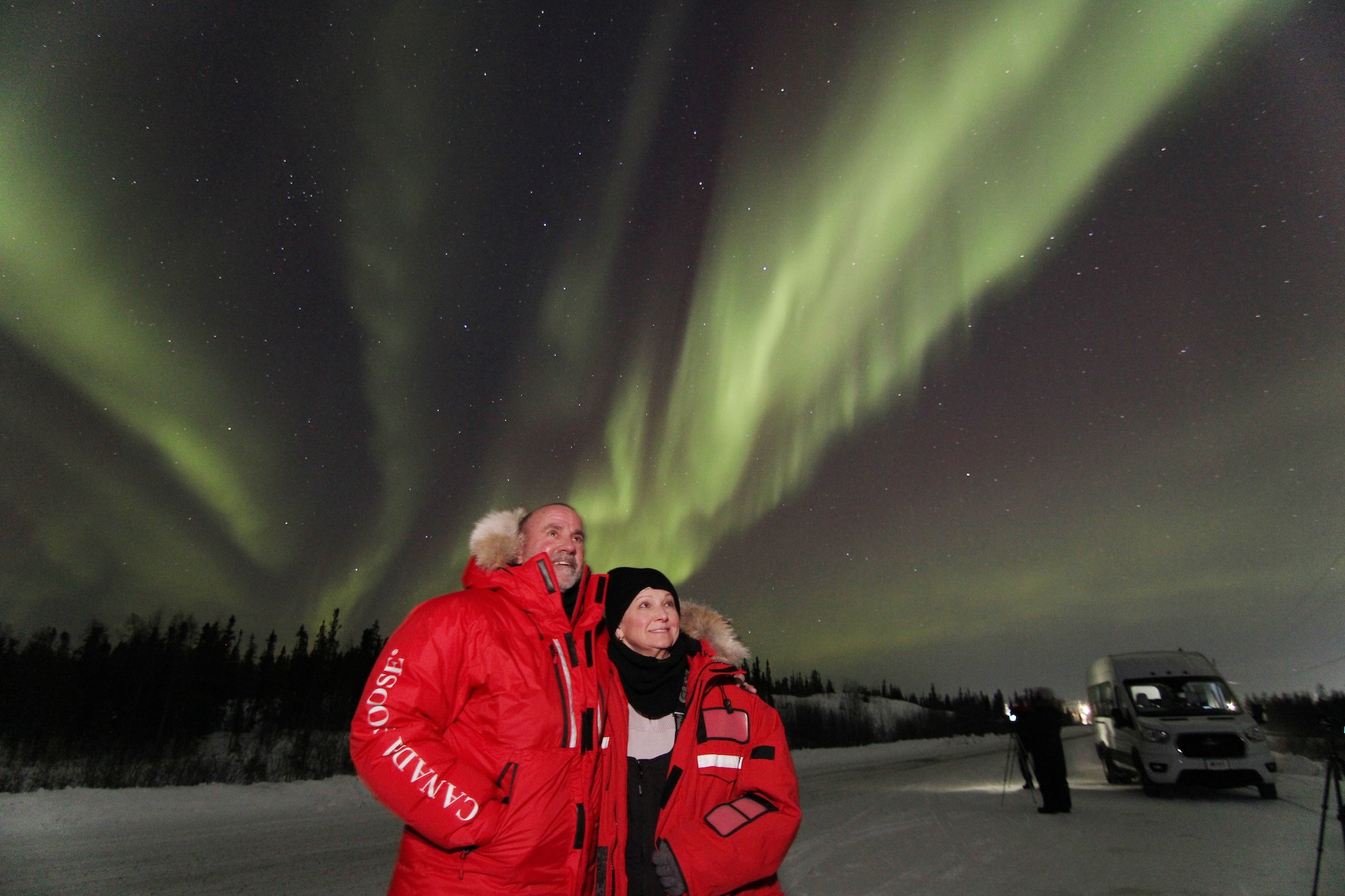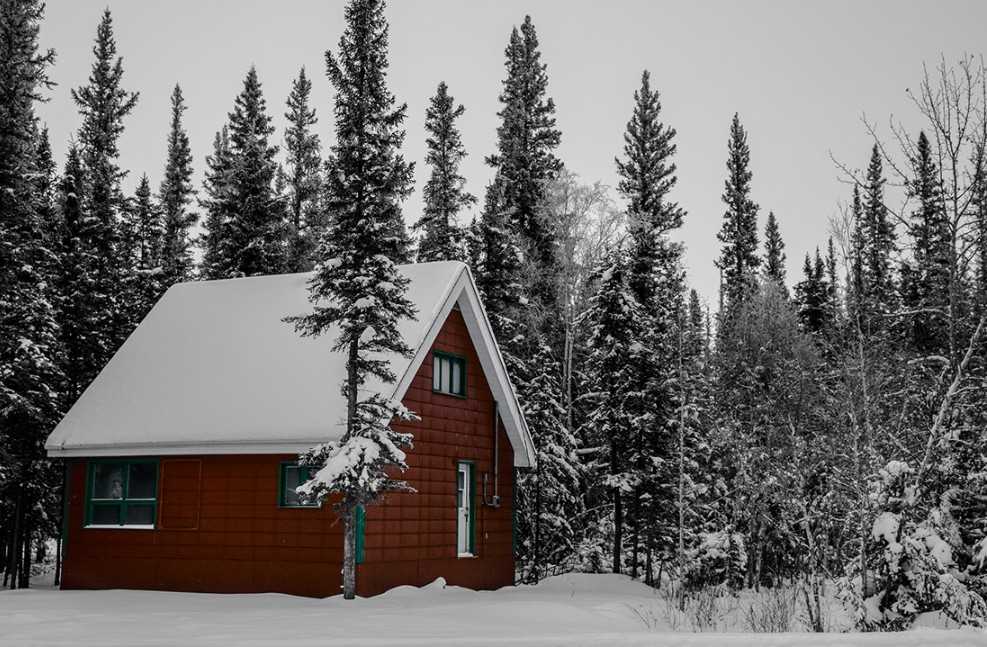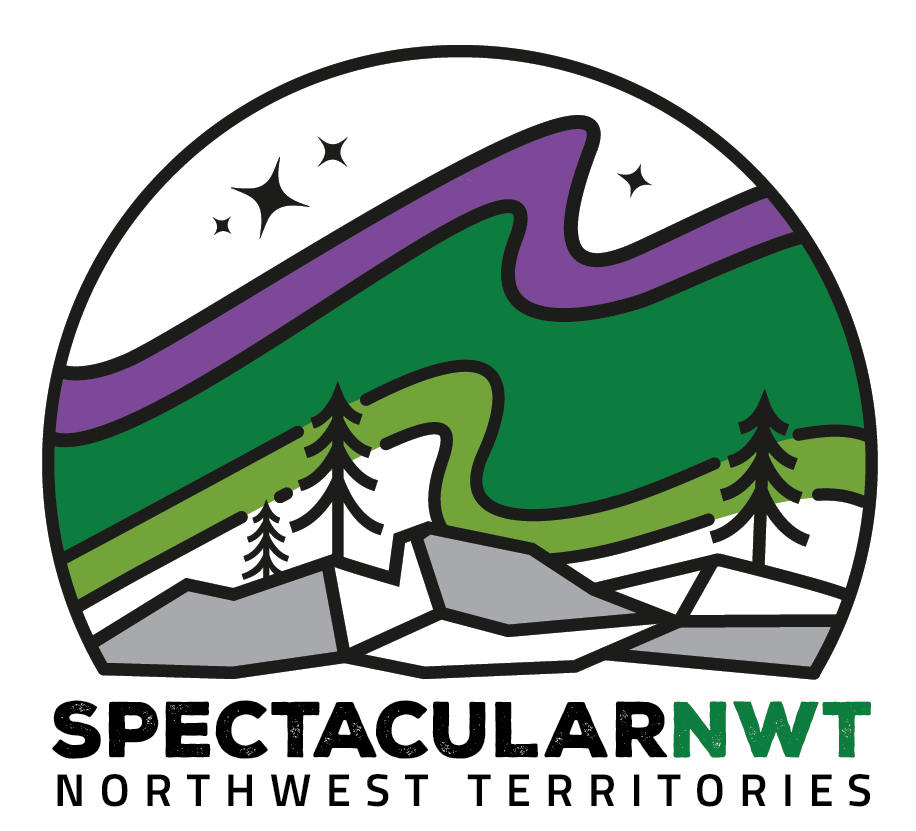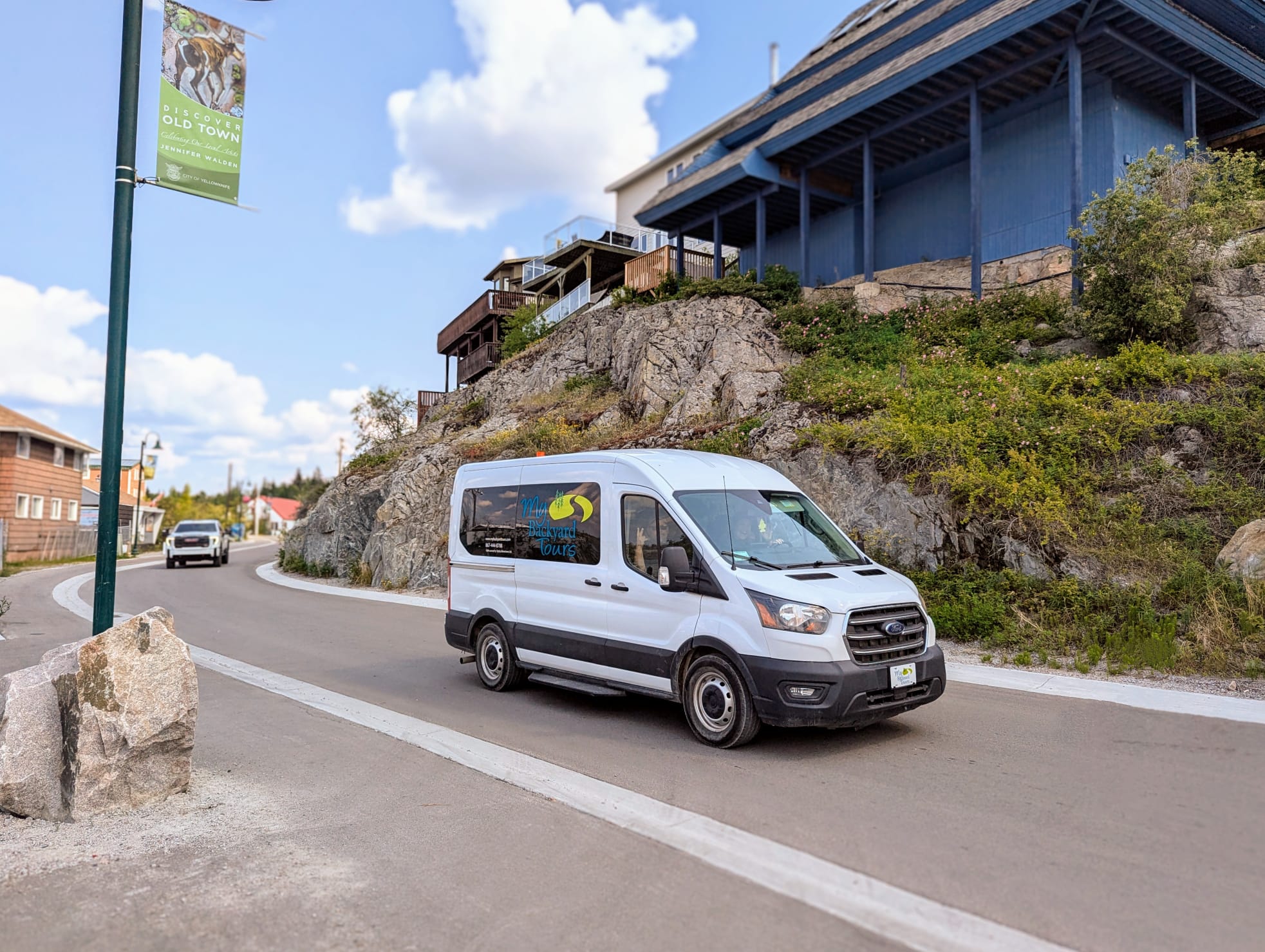Cold weather camping may be for the heartiest of outdoorspeople, but in the North it comes with the territory. There’s always the chance of waking up to unzip a rigid tent fly, frosted by the sub-zero night. After all, many popular campgrounds in our territorial parks do stay open until the end of September.
But really, cold nights are no reason to avoid weekend camping adventures in the Northwest Territories. Take your canoe out for one last paddle on Hidden Lake in the fall to marvel at the enthralling dance of the world’s best Northern Lights far from city lights. Or drive down the Dempster, while there’s a dusting of snow on the Richardson Mountains, to pitch a tent and get comfortable around a roaring fire in a territorial campground. Cold weather camping is the perfect excuse to cuddle up with someone you love—like a four-legged furball. Just make sure you’re prepared—and maybe practice your fire-starting skills if they’ve gotten rusty.
In case you’re still not convinced you can hack it, here are a few handy cold weather camping tips that will ensure you have a memorable trip in the Northwest Territories:














